


International event will be held on May 3-16, 2025, at the University of São Paulo’s campus in São Carlos.

Of the 875 deep techs mapped nationwide, 28% have received funding from FAPESP’s Innovative Research in Small Business Program (PIPE), says the report produced by consultancy Emerge in partnership with Cubo Itaú, an important private sector incubator.

The platform, which was developed with FAPESP’s support, uses a clinical protocol based on cognitive behavioral therapy. The startup responsible participated in a business delegation to FAPESP Week Italy.

Material was compared with conventional dentifrice through in vitro tests on bovine teeth.

Located in different parts of the country, the centers will conduct research in science, technology and innovation addressing problems that can be solved by AI in such areas as health, agriculture, manufacturing, and smart cities.
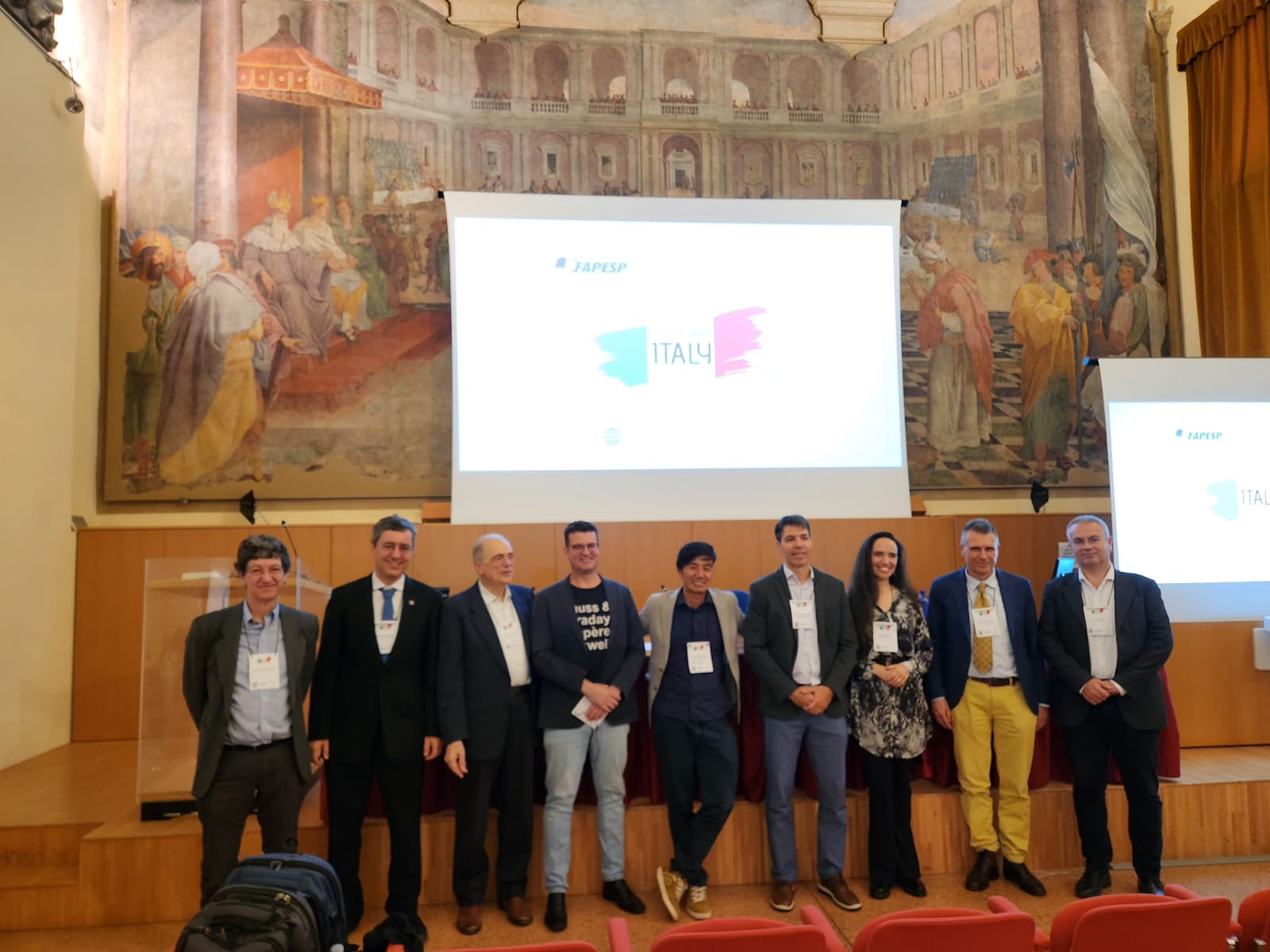
Solutions developed by a startup supported by FAPESP through its innovation in small businesses program were presented during FAPESP Week Italy.
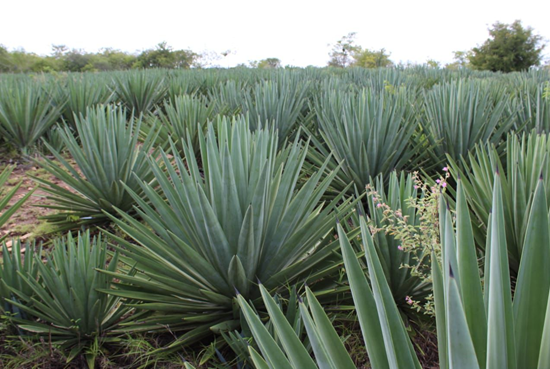
The goal is to develop an alternative for bioenergy production that can be grown in semi-arid regions, which are advancing in Brazil and worldwide; results were presented during FAPESP Week Italy.
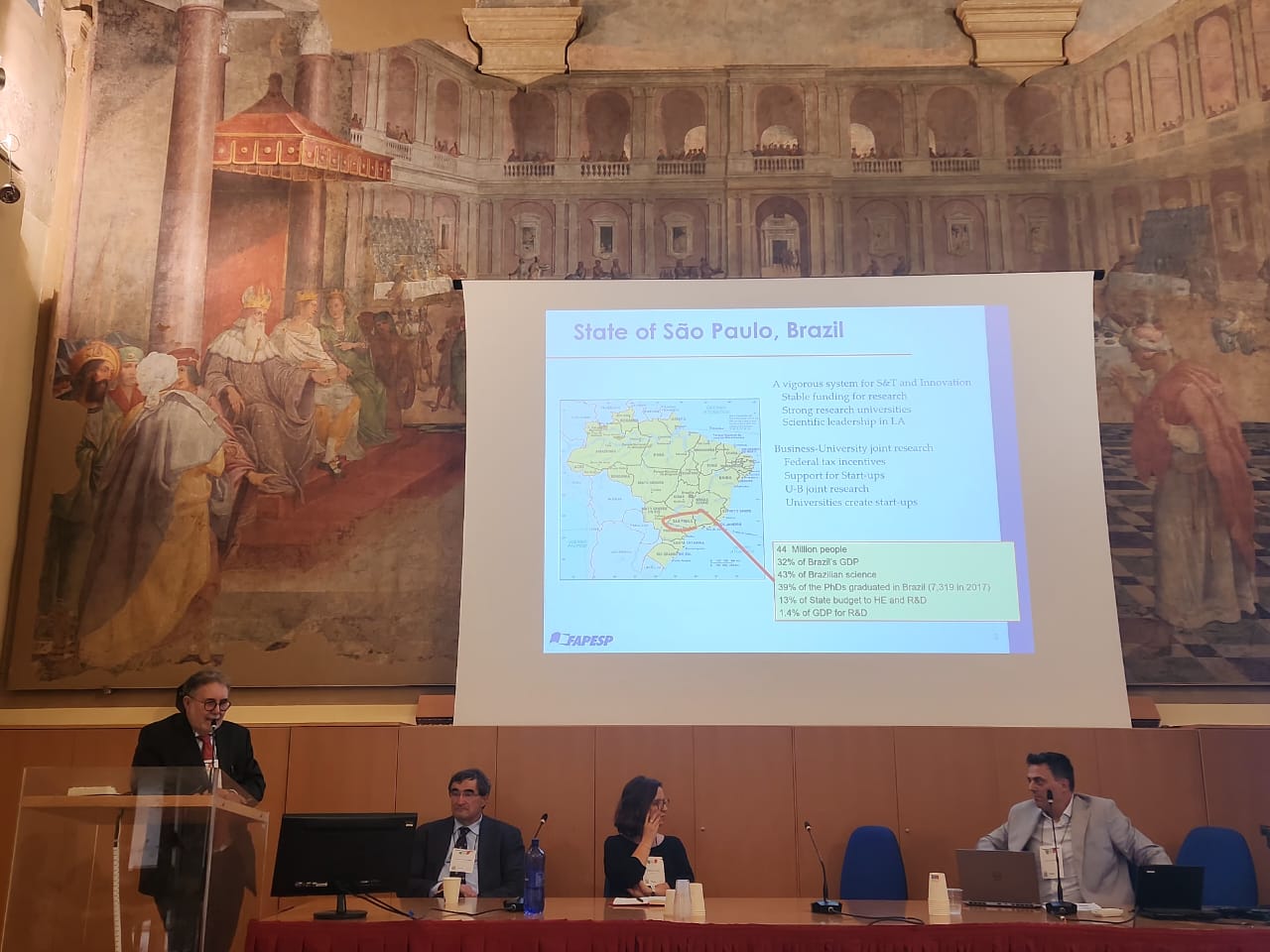
The panel included Carlos Américo Pacheco from FAPESP, Marina Silverii from Attractiveness Research Territory Emilia-Romagna, and Claudio Melchiorri from the Università di Bologna.

With FAPESP’s support, the startup plans to collect biomass from the cyanobacterial blooms that have turned the Pinheiros River green in São Paulo city and convert it to bioproducts.
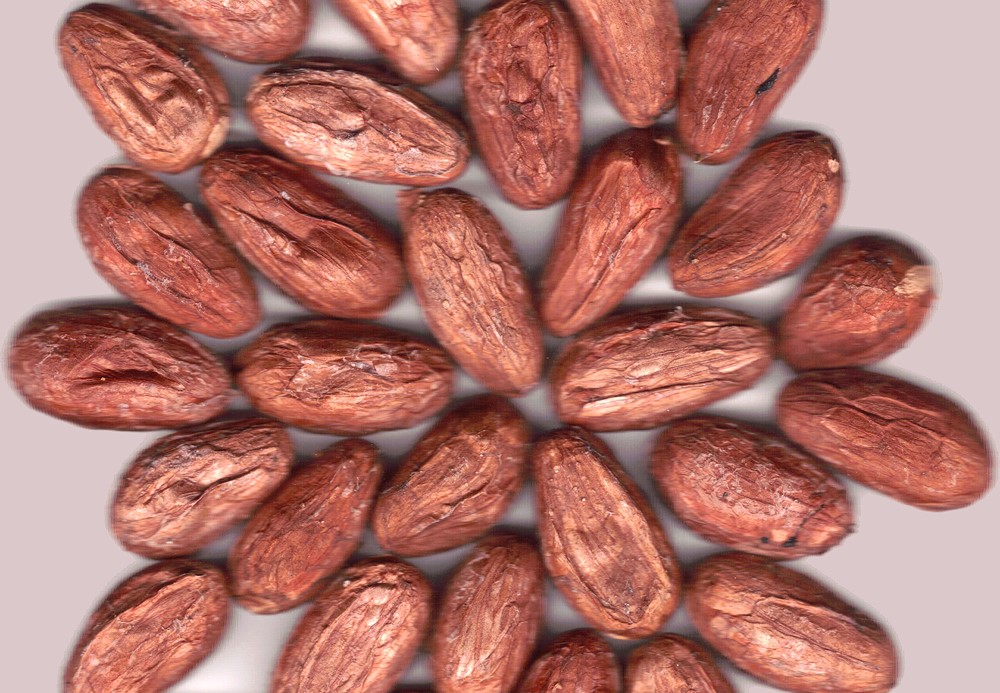
An invention developed at the State University of Campinas (UNICAMP) obtains theobromine and caffeine from coca bean husks using stingless bee honey as a solvent. The method is a safe alternative to conventional processes, which can be harmful to human health and the environment.
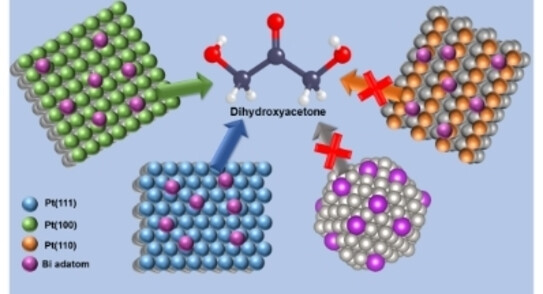
The experiment of the Center for Development of Functional Materials was described in an article in the journal ChemCatChem.

The technology was developed at the Research, Innovation, and Dissemination Center for Neuromathematics in collaboration with scientists from Finland.

A system created by a startup supported by FAPESP evaluates coffee cherry quality with precision on the production line, reducing waste and enhancing yield.

An article reporting the study is featured on the cover of Nano Letters; the findings can help design next-generation electronic materials for the semiconductor and nanotechnology industry.
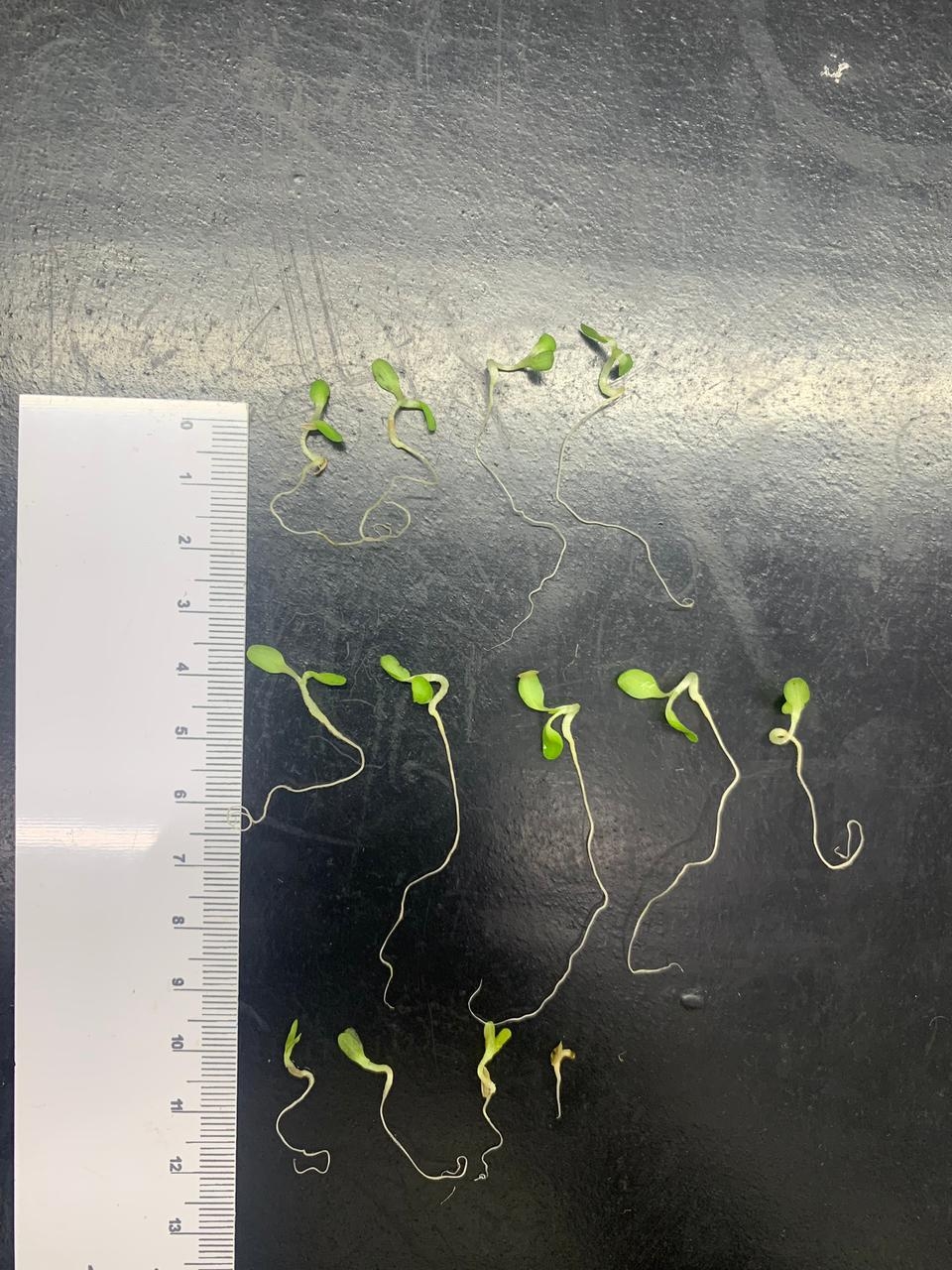
A startup supported by FAPESP has created a solution that promotes development and growth of the roots and aerial part of plants.

The solution, developed by a startup supported by FAPESP, estimates eight parameters with an error of under 5% for 80% of users, according to the firm’s founder.
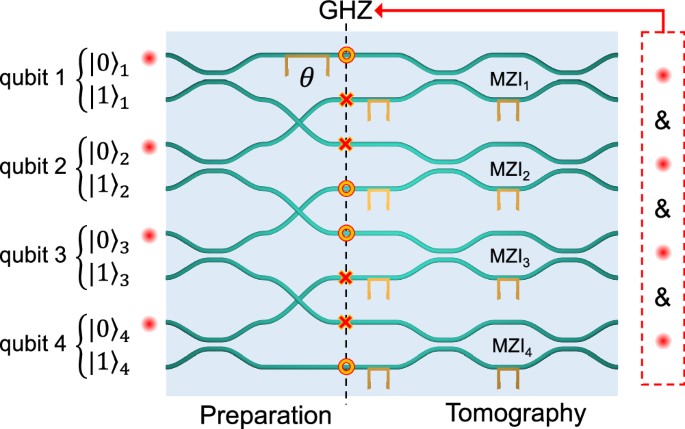
The device can be used to implement sharing systems in which any attempt at unauthorized access is immediately detected because it alters the quantum correlations.

Work conducted at the Research Center for Greenhouse Gas Innovation will also analyze the best way to bring electricity to oil platforms off the Brazilian coast.

The biotech based at MIT is developing bioactive versions of the product using the same technique as breweries and pharmaceuticals that produce biologics.

Software based on statistical models detects sporting talent and allows athletes’ performance to be monitored. The tool was developed with the support of FAPESP.

Scheduled to start operating in 2028 at the Brazilian Center for Research on Energy and Materials (CNPEM) in Campinas (São Paulo state), the lab will enable researchers for the first time in Latin America to study viruses classified as class 4, the highest category of biological risk.
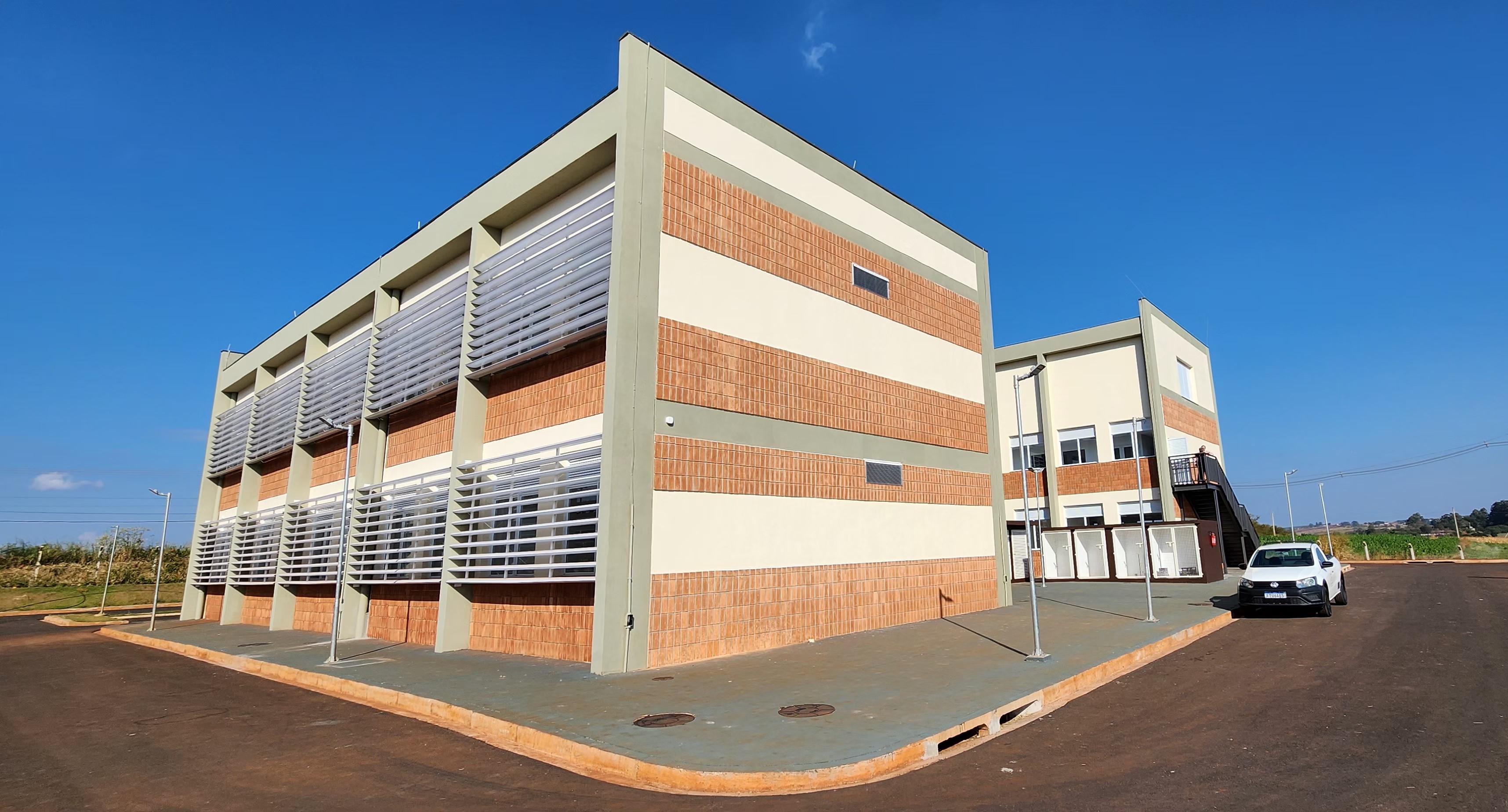
Located in Botucatu, the plant will perform outsourced medical drug development and production services for pharmaceutical companies, biotechs and other research institutions, complying with best manufacturing practices.
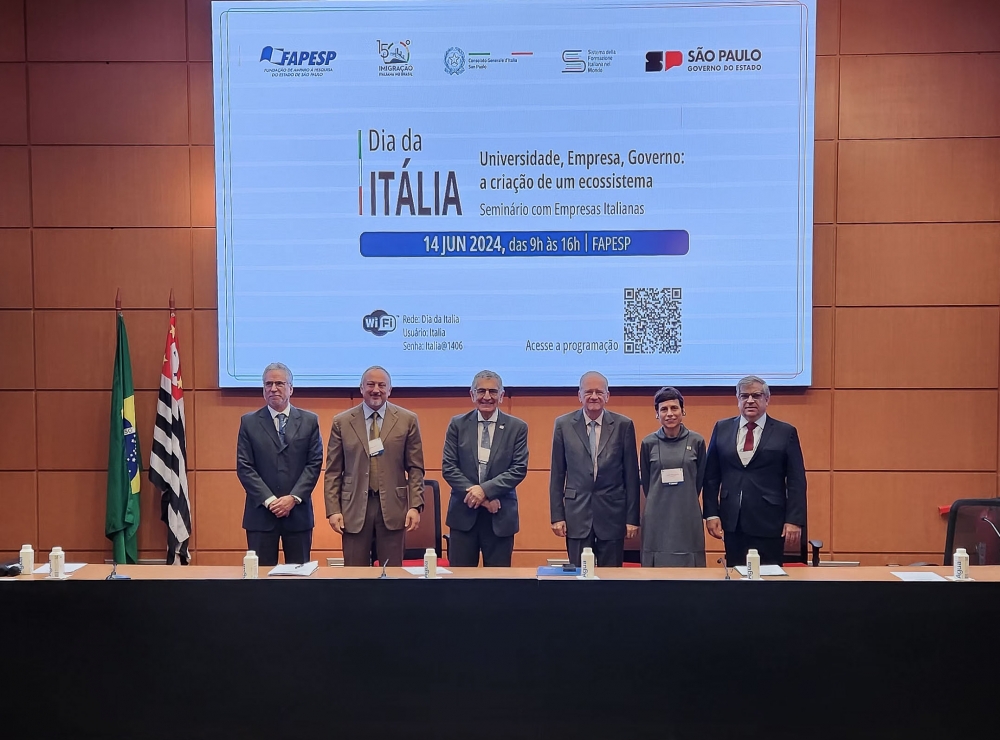
Companies are currently involved in 15% of the collaborative research projects conducted by scientists in São Paulo state and Italy, according to data presented at an event hosted by FAPESP.
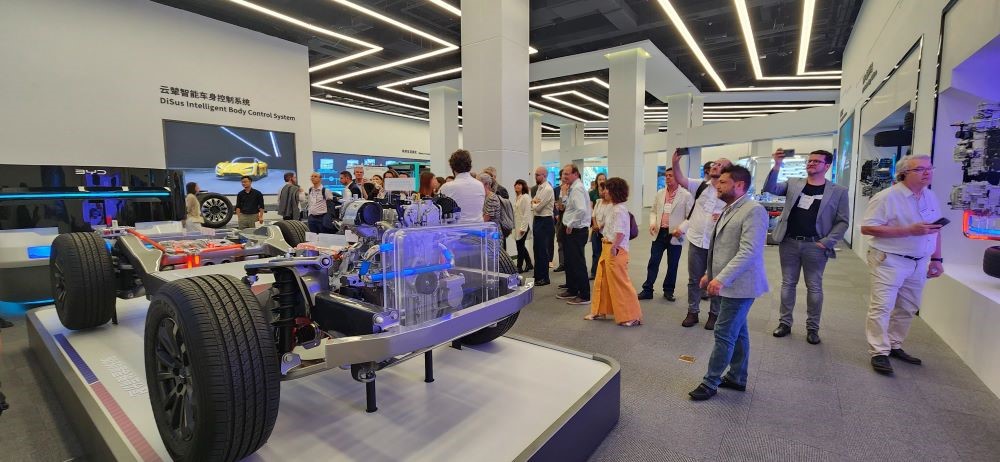
Startups were selected to participate in FAPESP Week through a call for proposals from the Innovative Research in Small Businesses Program, launched in April; the focus on innovation should be maintained in future editions of the event.

The process, developed by Brazilian and Spanish scientists, obtains anthocyanin from fruit processing waste with a higher yield than the usual method.